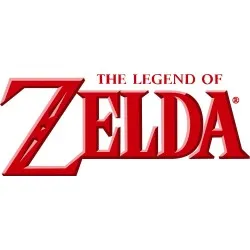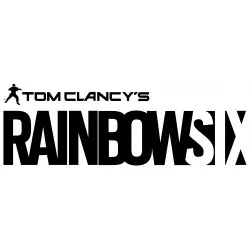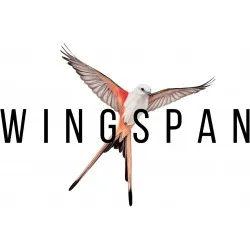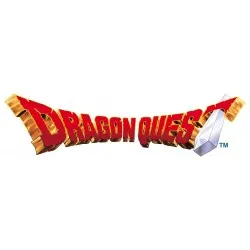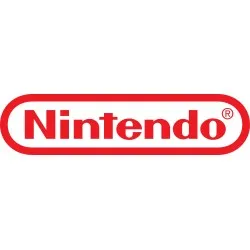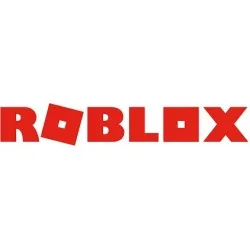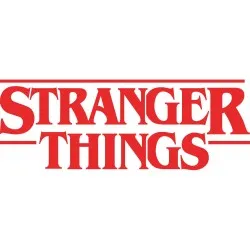Are Gaming Subscription Services Hurting the Industry?
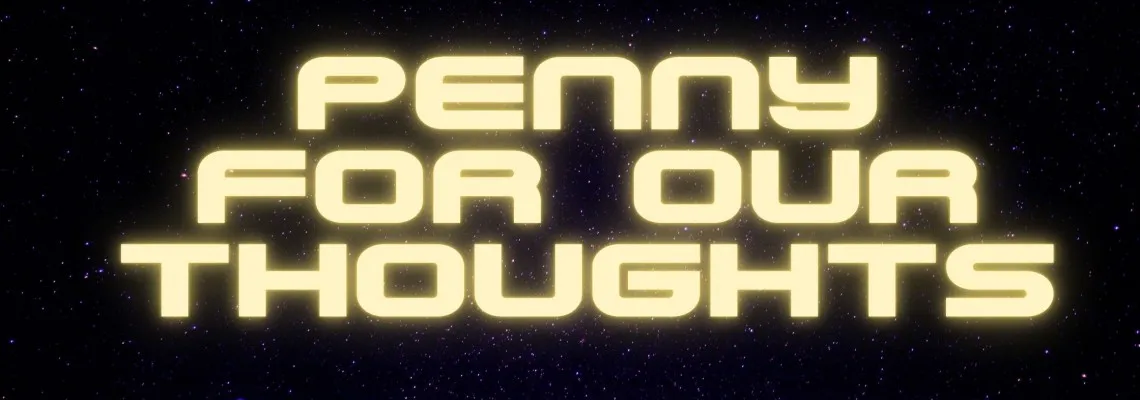
The way we consume games has evolved dramatically over the years. From queuing at midnight for physical releases to downloading the latest titles digitally, the gaming industry has always adapted to meet player demands. Now, subscription services like Xbox Game Pass, PlayStation Plus, and others have entered the spotlight, promising incredible value for money by offering a massive library of games for a low monthly fee. But while these services seem like a win for gamers, they might be hurting the industry in ways that are less obvious.
Too Much of a Good Thing? The Paradox of Choice
Subscription services provide access to an overwhelming number of games each month, with many offering 5-10 new titles on top of their existing libraries. On paper, this sounds like a dream come true for players. However, how many of these games do we actually have the time to play? Modern games often require significant time commitments, with the average game spanning 30-50 hours and some exceeding 100 hours. Compare this to music or movies—a song lasts a few minutes, an album maybe 45 minutes, and most movies are under two hours. The sheer time required for gaming makes the subscription model a mismatch for the medium.
This abundance leads to backlogs—collections of unplayed or barely started games that discourage players from buying new titles. Why pay for the latest release when your subscription already includes dozens of games you haven’t touched yet? This behaviour could undermine game sales and make it harder for developers to thrive in an oversaturated market.
The Impact on Developers
While subscription services may benefit big publishers who can negotiate lucrative deals, smaller developers and indie studios often get the short end of the stick. Their games are lumped into massive libraries, competing for attention against AAA titles and classic fan favourites. Even if a game is played, developers may not see significant revenue from these services. Revenue distribution is often based on playtime or other metrics that don’t always align with the quality or creativity of a title.
As a result, many developers are shifting their focus to live-service games with ongoing monetisation through DLCs, microtransactions, and battle passes. Instead of creating a variety of innovative games, studios are encouraged to stick to one title and keep players engaged for as long as possible. This trend might explain why we’re seeing fewer original single-player experiences and more games designed to keep players coming back over time.
Gaming vs. Music and Movies: The Critical Difference
Gaming subscription services were undoubtedly inspired by the success of platforms like Spotify and Netflix. But there’s a crucial difference: how we consume the content. Listening to an album or watching a movie takes only a fraction of the time required to play through a game. And while music and movies often have replay value, most games are built around a one-time experience. This time commitment fundamentally changes the way we interact with gaming subscriptions. The average player simply cannot experience every game offered by these services, leading to the devaluation of individual titles.
Additionally, games face harsher criticism for their length compared to other media. A movie that’s 90 minutes is seen as a standard feature-length film, but a game that’s 10 hours long might be criticised as being too short. This demand for longer games places even more pressure on developers, who must pour significant time and resources into creating massive experiences that can compete with the "free" offerings of subscription services.
The Long-Term Impact on the Industry
If current trends continue, the gaming industry could see significant changes. Developers may increasingly favour live-service models or extend development cycles to keep games within subscription libraries for longer. Single-player experiences—especially shorter, high-quality ones—may become rarer as they struggle to find a place in this new market. Meanwhile, players may grow accustomed to "free" games, further reducing their willingness to pay full price for new releases.
This isn’t just bad for developers; it’s bad for players too. An industry that prioritises quantity over quality risks losing the creativity and innovation that makes gaming special. Smaller studios and niche genres could disappear altogether if they’re unable to survive in this subscription-driven ecosystem.
What Can Gamers Do?
It’s not all doom and gloom—there are ways to support the industry while still enjoying the benefits of subscription services:
Buy Games You Love: If you play a game through a subscription service and enjoy it, consider buying it outright to support the developers. This also sends a message to publishers about the types of games you want to see more of.
Support Indie Titles: Smaller studios often rely on direct sales to survive. Buying indie games at full price helps ensure that these developers can continue creating unique and innovative experiences.
Be Selective: Instead of trying every new game that hits your subscription library, focus on a few that truly interest you. This helps reduce backlog fatigue and makes your gaming experience more enjoyable.
Advocate for Fair Revenue Sharing: Push for greater transparency from subscription platforms about how revenue is distributed to developers. Ensuring fair compensation can help sustain the industry in the long run.
Conclusion
Gaming subscription services offer undeniable value, but they come with significant trade-offs. By overwhelming players with content and devaluing individual games, they risk creating an industry where quantity outweighs quality. Developers face increasing pressure to create "forever games" at the expense of innovation and creativity. As gamers, we have the power to shape the future of the industry by making mindful choices about how we consume games. The question is: will we?














